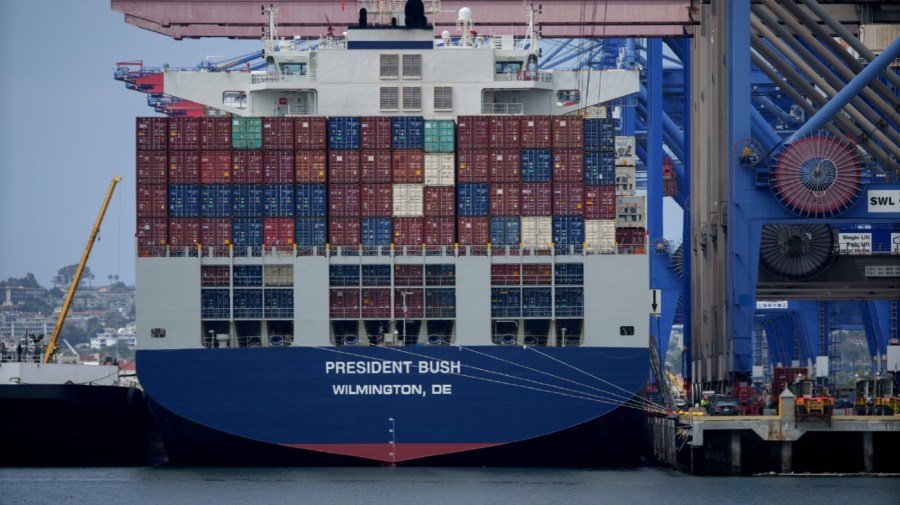
The World Bank on Tuesday reduced its outlook for both global and U.S. economic growth this year, citing disruptions to global trade stemming President Trump’s trade war.
Global growth in 2025 is expected to fall to 2.3 percent from a 2.7-percent projection made last year. The outlook for U.S. growth fell to 1.4 percent from 1.8 percent.
The international financial agency said its current outlook represents the weakest pace for global output since 2008, not counting recessions, and that the downturn is coming primarily from new trade barriers and policy changes.
“The sharp increase in tariffs and the ensuing uncertainty are contributing to a broad-based growth slowdown and deteriorating prospects in most of the world’s economies,” economists for the World Bank wrote.
The policy changes are translating into hesitancy among both businesses and consumers, the economists said, something that’s been reflected in numerous surveys in recent months.
Small business uncertainty popped to an index value of 94 in the May survey from the National Federation of Independent Business. That’s off a recent high of 110 in October of last year.
Small business optimism in May was above the 51-year average after seeing a huge drop in April on the heels of “reciprocal” tariffs on dozens of countries announced by the White House. Those bilateral tariffs have been paused amid ongoing trade negotiations, but a 10-percent general tariff remains in place.
The overall U.S. tariff level is now between 10 and 15 percent, according to various estimates, marking the highest level in a century. That’s off a recent high of nearly 25 percent, when the U.S. and China maintained triple-digit tariffs on each other that were scaled back on May 12.
The 10 to 15-percent tariff rate effective at the end of May was assumed to hold throughout the World Bank’s forecast, but economists flagged “notable uncertainty in this regard.”
The main tariffs now in effect are a 10-percent general tariff on imports from most countries; a 30-percent tariff on imports from China; a 25-percent tariff on select imports from Canada and Mexico; 25-percent tariffs on steel and aluminum; 25-percent tariffs on most automobile imports; and a 25-percent tariff on imports of most auto parts.
The U.S. Congressional Budget Office (CBO) factored in a 0.4-percent boost to inflation into its own economic forecasts stemming from tariffs.
Economic performance exceeded the World Bank’s expectations for 2024. The world economy grew by 2.8 percent last year, above the bank’s prediction of 2.6 percent.
U.S. economic performance in 2024 also beat forecasts, rising by 2.8 percent, compared to a 2.5-percent growth prediction made last year.
The current 2025 growth prediction for the U.S. of 1.4 percent is quite a bit lower than the Federal Reserve’s latest prediction of 1.8-percent growth, which the U.S. central bank made in March.
President Trump’s trade war has replaced the post-pandemic recovery as the dominant economic narrative.
Economists for the United Nations observed last year that globalization appeared to be at an “inflection point.”
“Trade liberalization measures typical of the decades after 1990 are shifting towards more fundamentally protectionist and interventionist policies,” they wrote.
While inflation in the U.S. has fallen back close to the target annual rate of 2 percent without a recession, disruptions to economic activity are resurfacing again, leaving behind concerns about the long-sought “soft landing” from the pandemic.
“That moment has passed. The world economy today is once more running into turbulence,” World Bank economists wrote.


